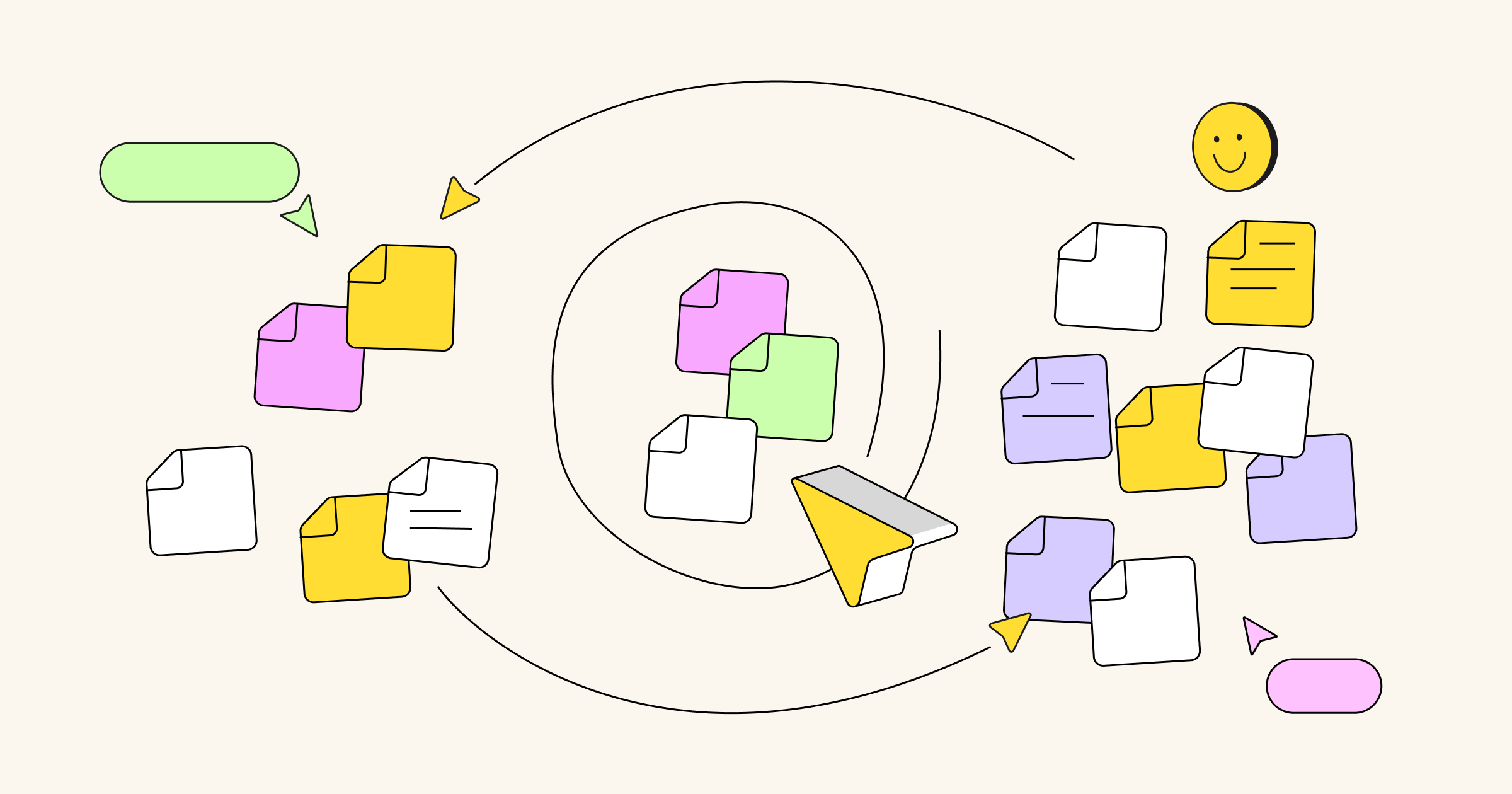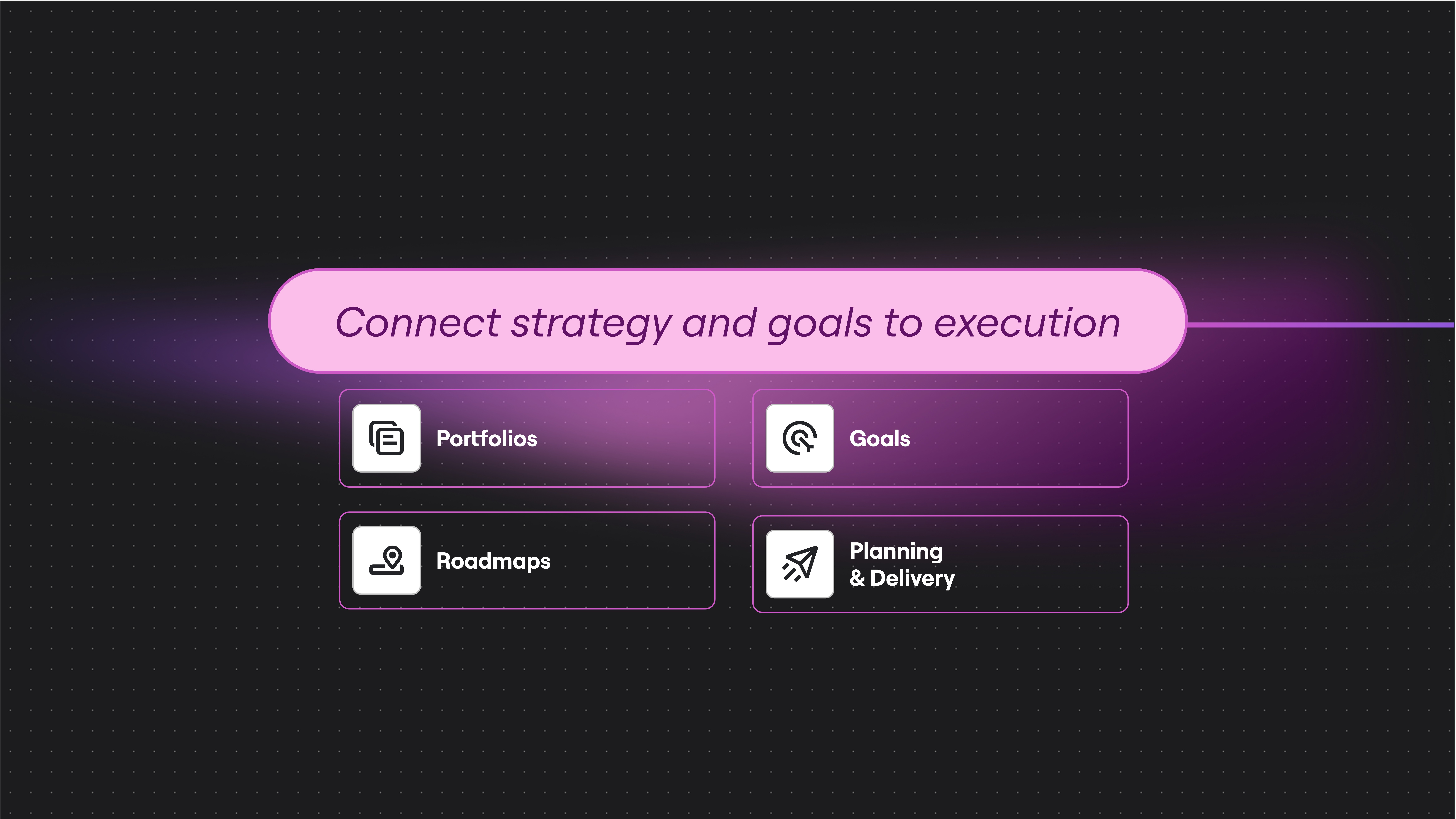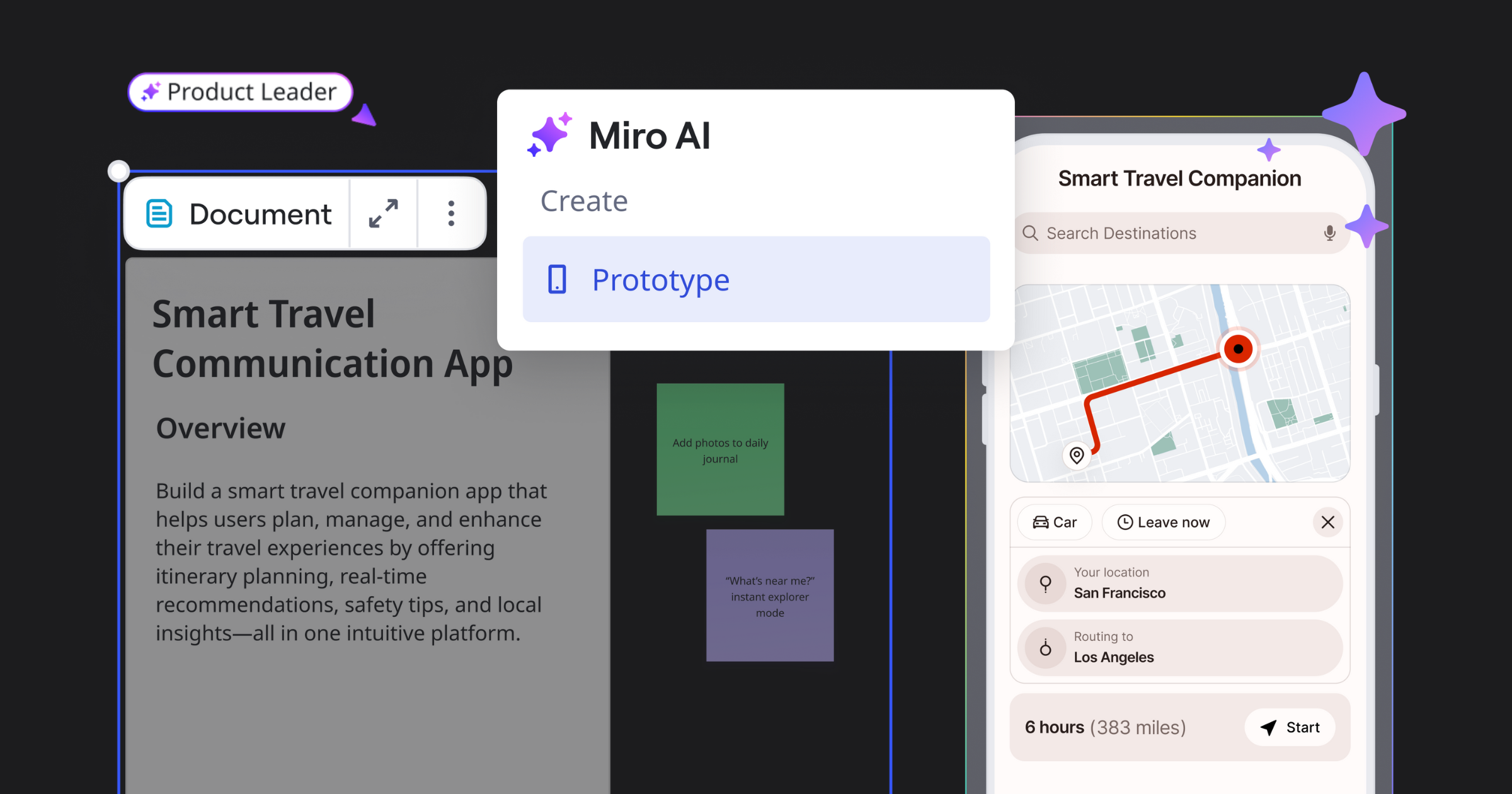User research plays a critical function when you are building tech products and services. This practice helps teams understand the user’s perspective, including their unmet needs, delights, and pain points, but also how they connect to the brand and product in an emotional way. User researchers also serve as a bridge between customers or users and the product, engineering, and company leadership teams. Distilling what they learn from conversations with users and customers into easily digestible stories and visual artifacts is one of the key responsibilities of user researchers and it can help guide a company’s entire direction.
We recently spoke with Summer Kim, Head of User Research at WhatsApp. She facilitated Miro’s meetup in San Francisco on December 11th, 2018. Summer told us about establishing a sustainable user research process at tech companies, delivering memorable research findings and user stories to product developers, measuring success, and hiring star researchers.
Getting into user research as a designer
I studied industrial design in an engineering school. In my final year, a big portion of our thesis project was research. My project was making an e-ink cooking tablet for the elderly so that they could be inspired to cook and understand nutrition. All the information goes to their doctors and family so they learn what the tablet users were eating on a regular basis.
I learned so much about pain points, concerns, and delight routines when I was visiting elders’ homes to interview them. When I came back from these interview sessions, I was inspired to use sandpaper on my safety goggles to make my lenses blurry while I was using the e-ink prototype. This helped me experience the real challenges of having imperfect vision.
After I graduated, I realized that I wanted to be a researcher and not a designer. My first real research job was working for Symbol Technologies, which was later acquired by Motorola. I was part of the enterprise group where a lot of times, people didn’t know anything about users. For example, I worked with nurses, truck drivers, pilots, and even police officers. Going to the field, I did a lot of ride alongs, which included delivering packages with FedEx drivers and seeing police officers give tickets and write reports. I was always on the road.
I saw how we were impacting the actual product development and how we were getting a seat at the table when products were being defined. Once we built some iterations or prototypes, we were the ones that were getting feedback to make sure that we were on the right path.
What does it mean to be a user researcher?
As a user researcher, my mission is to humanize data and spread impactful and memorable user stories, so we make products and services that matter to people, companies, and their missions.
Making a product involves many stakeholders, and you have to to understand a lot of different user perspectives. As a researcher, you need to convey the voice of your customers in order to inspire customer empathy in the hearts of your product development engineers. This is even more difficult when you realize that you need to do this magical imbuing while staying true to the customers’ voices and facts.
The role of a User Experience (UX) researcher is complex. A good researcher is: a mirror that reflects the voices of our users and customers factually; an X-ray machine that sees deeper than what customers envision or are able to articulate as their needs and wants; a synthesizer that is able to analyze and articulate meaningful, empathetic, and prioritized perspectives to many competing needs, issues, and wants that users may or may not fully express; and a treasure map that can guide our product development team efforts to delight our customers.
Our success is not realized when we merely check off all our features on a list but when we reach customers’ hearts.
As a user researcher, my mission is to humanize data and spread impactful and memorable user stories
Critical User Journey
describes the path users take to achieve a goal. There are two types of Critical User Journeys: Toothbrush (frequent and important journeys) and Pivotal (Infrequent but important journeys). Learn more about Google Critical User Journey as part of the Google’s Product Excellence (PE) framework.
Before you start: the fundamentals of user research
Mapping out user journeys
It is critical to clearly understand the goals and tasks that users are trying to accomplish by using an app, product, or service we are developing. There could be a lot of user goals/tasks, so it is important to know top user journeys to prioritize them.
Researchers need to work closely with the product development team (e.g. product managers, engineers, designers) to map out the user journeys for our products/features. At Google, we called it “Critical User Journeys” (or CUJ). This could be a unifying force for your product development team, and it is critical to collaborate with cross-functional partners throughout the process.
When the development team is focused too much on new and innovative ideas, we may forget about the core tasks of the product. What are the top user goals that we need to nail before we consider the product differentiators? For example, for a messaging product like Hangouts Chat or iMessage, one of the most critical tasks would be to find and message someone easily and quickly. If we don’t have the best experience for the main job that the product is hired to do, then the “other” awesome features like reactions and group chat management are not going to be as relevant for users.
Prioritizing users
When we are designing products for “everyone,” it can be very complicated since millennials and Baby Boomers have very different ways to learn and use an app. I personally don’t believe in “we’re designing for everyone” since it is easy to lose focus and the opportunity to craft the best possible experience for the targeted audience.
Delighting customers
Once our product or service helps users to achieve their core needs, we now need to find ways to delight them. The only thing is, people are great at telling us their current experience (e.g. pain points), but it is a lot harder for them to talk about the “ideal” experience since it is something they have to imagine without knowing all the technical possibilities.
One of the best ways to understand those “delight moments” is by conducting foundational research such as visiting people’s homes or job shadowing (contextual inquiry) and diary studies. We need to deeply understand unmet needs, pain points and any workarounds, and then the things that make people happy—both from functional and emotional perspectives. A great way to actually go through the “design” exercise with users is using participatory design methods (e.g. co-creation exercise). Traditionally, we did these sessions in person (using physical mock-ups, cards etc.), but nowadays, there are many tools to help with remote participatory design sessions.
My recent “delight” experience as a user and first-time mother came from Google Photos. A lot of people use it to back up their photos to feel safe about their memories or their loved ones’ moments. But when I downloaded it, it was amazing how I was able to search for things so easily and quickly. I can just type “Toronto” and all the Toronto pictures show up. Another delightful moment comes when they send me a video and they’re like, “Remember this day from three years ago?” Maybe it’s because I have a kid, but it’s amazing to get those little reminders from Google. That was a delight that I didn’t expect from a product, but they delivered it. That’s something we also need to do research on.
Collaboration with key stakeholders
User research is still a new field for some people, so some companies just don’t understand it fully and don’t know where user research has to be in the company’s structure to be effective. Therefore, we ended up in different functions because they don’t know what to do with us sometimes.
It’s important to see how user research is understood by our teams/organization. Even if the organization understands the importance of user research well, we can’t assume that everyone has the same knowledge about it. It is helpful to do “brown bag” sessions to educate people about what UX research is as well as its process and benefits. This way, people are more excited about being a part of upcoming projects. It is also critical to get to know who will be great supporters, influencers, and advocates for user research to help the team.
I experienced a lot of different reporting structures—sometimes the research team was under the Chief Technology Officer, sometimes it was under the innovation team, and sometimes it was under the design team. Ideally, the research team should be positioned as an independent function, so that we stay unbiased by any of the product development teams. This will help the team better focus on the users and their end-to-end experience.
5 steps to starting research for new products
Step 1: Understand your user’s needs and define success metric
From a user research perspective, the most important thing for a researcher is to try to figure out what a user is trying to do (goals), or what user problem they have. And with an established product, we have to make sure that the changes we make aren’t breaking anything. It has to be very well integrated and respected, all the things that people are currently doing. Get all the stakeholders in the room, and have discussions about user priorities.
It is also great to start thinking about the success metrics as early as possible. This could be a great opportunity to bring teams together and agree on the same goals. Note that metrics could be adjusted throughout the product development process, so don’t worry about getting the perfect metrics.
To measure the product success, at Google, we used a framework called HEART.
Step 2: Conduct baseline research
Baseline research gathers what we already know. Researchers and even product team members can do a literature review, interview sales teams, talk to other researchers, and learn more about the competitors. It’s important to collect all the research in one place and highlight overall research findings to provide guidance for the upcoming foundational studies.
Another great thing to do is to learn about all the channels that are collecting any user/customer feedback (e.g. emails, phone calls, app ratings, and reviews). Ideally, find a way to aggregate various different feedback to generate a collective view about the top product issues and user pain-points.
Step 3: Start generative research
Generative research is where the development team (e.g. engineers and designers) is able to generate ideas because we now know the user problems and what success looks like. Generative research requires a lot of collaboration between cross-functional teams. Researchers need to be proactive and facilitate those collaborations to collect research questions and additional user concerns. Document them well to plan for foundational research (e.g. 1:1 interview sessions, field research, diary studies) to answer research questions and more deeply understand unmet user needs.
In this phase, especially for new products and services, it is good to think creatively and create a lot of different ideas and concepts. Designers can go off and do their design exercises. Once designers have concepts or prototypes, researchers can work closely with them to collect feedback on the early directions. Usability studies are not a test—we need to understand the “whys” and thought process of users when they are providing feedback.
Step 4: Collaborate on product definition
Now we’ve generated some prototypes, learned more from the users, and gained feedback on the early directions. In this phase, we need to narrow things down to the top directions, and define them with details. Researchers should work very closely with the product managers and help to write documents like the product requirement documents (PRD). Ideally, PRDs should be co-authored between the product managers and researchers, so that user problems are aligned with the product. Iterative research will be key here to answer “how” and “why” questions.
Step 5: Continue with validation
It is important to find ways to conduct evaluative research (e.g. “did it succeed?”, “why/why not?”) and continue to improve the product and its experience. Continuous validation with key customers and users will benefit the next version of the products and future features. This phase could look different depending on the organization, product development cycles, etc. Hardware products may do a lot more validation early on due to ergonomics and human factor issues. It is valuable to see how people actually interact with the finished product and learn from their feedback.
The most important thing for a researcher is to try to figure out what a user is trying to do (goals), or what user problem they have
Delivering excellent results in your team
Cross-functional team engagement
It’s very important to involve your stakeholders (especially leaders) in the research process. You can ask them to come to the research trips or include them in the co-analysis sessions. That will help to create a user-centered culture and increase stakeholders’ engagement.
Memorable user stories and actionable insights
It’s important to know the purpose and type of research, and how people actually understand and digest information. Then deliver your findings to really make it memorably stick with those people. Good storytelling is key to connect with users emotionally and delivering actionable insights.
People (especially designers and visual learners) love pictures and get inspired by visual artifacts. So you can make videos about users in the field, or use a lot of pictures, or make a storyboard. Engineers, on the other hand, may learn better by seeing numbers and hearing findings from quantitative research. I’m saying “may” because everybody is different. The key thing is knowing how your cross-functional team works, how your engineering teams, design teams, and product managers behave in a team cultural level and at an individual level.
Best practices for building out a research team
Look for the right person for the team, and never compromise
The right personality, attitude, and team fit are the most important qualities I consider when hiring a researcher. Many researchers are already well educated and sharp—and there’s an expectation that they’ll be continuously learning and improving their skill sets—so I prioritize hiring the right person in terms of personality and attitude.
Build a very safe environment
Building a safe environment and psychological safety among researchers is one of the most critical factors for a successful team. There is no perfect research, and researchers work with many different stakeholders. Among researchers and within the team, we need to freely talk about anything, share feedback, identify areas to improve, discuss career trajectory, etc.
Understand the impact that your product is having
What is the mission that you’re going to be a part of, and does it resonate with the candidate?
Develop great storytellers and connectors
I really want people who can tell good stories; I love hearing stories. We need to connect with our audience when we are delivering our research findings. It’s important for a researcher to be a great storyteller because we are ultimately a connector between the users and the development team in our company.
Managing remote teams
Be thoughtful
Being considerate is the number one thing. If it’s morning or dinner time, ask if you can have a meeting at that time. Get familiar with your remote team members’ office environment: book the best possible meeting room(s) for people in the remote office, know the site leads/administrative stuff to learn, understand the café hours, etc.
Help people to find mentors
It is important to have local leadership for your team in the remote office. And also encourage and help people to find great mentors (it could be more than one or two) in the local office as well as the headquarters. I’ve had many mentors, coaches, and advisors throughout my career, and I think it is particularly important for those who are working from the remote offices.
Don’t forget the “water cooler moments”
Google Hangouts video chat used to have special effects, so I could put a birthday hat on myself when it was someone’s birthday on a call—it was really fun. Ultimately, you try to create this world of conversation and it was very helpful to have Hangouts all the time, with the messages open. I can just jump in and say, “Hey! Good morning! How was your weekend?” Generally, I ping people for a reason, but you can’t forget the water cooler moments. Also it’s great if you can have a good friend to be your ears/eyes for you in the headquarters (HQ) and connect with them often to learn about the overall vibe, hot issues, or any other things are happening in the HQ.
Remember working remotely doesn’t mean you can’t progress in your career
When I was taking the Google job, which was working from the Canada office, I was worried that it might not be good for my career since the position was remote. But I think because of Google’s culture and how the video conferencing worked so well, I felt like I was able to be very proactive and to reach people easily and have a meeting. I was able to get promoted, and I became a manager and led a team in Mountain View. I was the only one as a team lead that was in a remote location, and everyone else was in the HQ. That was another way to motivate myself to connect with them because they were becoming my eyes and ears to tell me what I was missing. I think it’s also good to have anyone that can be your little birds, and be connected that way.




